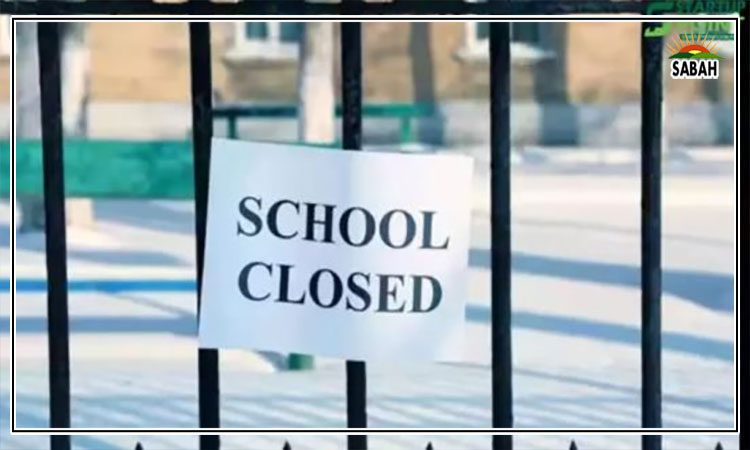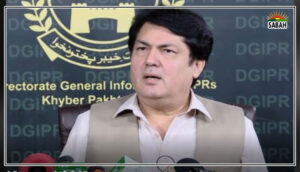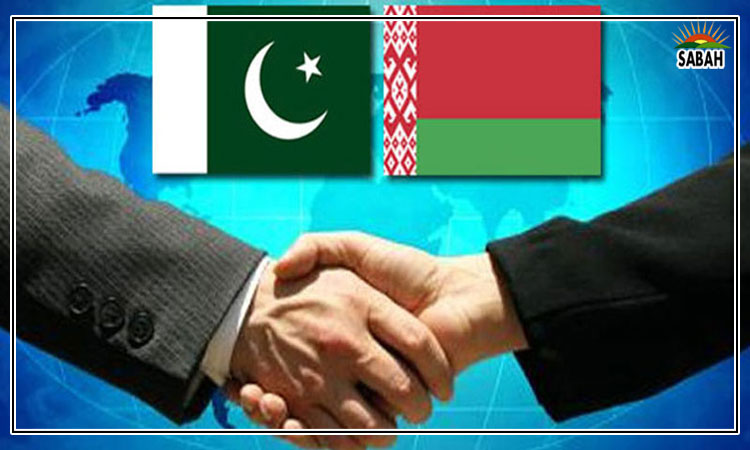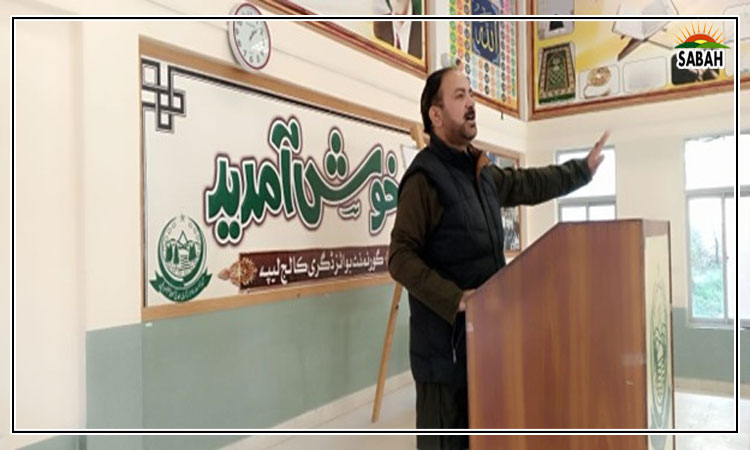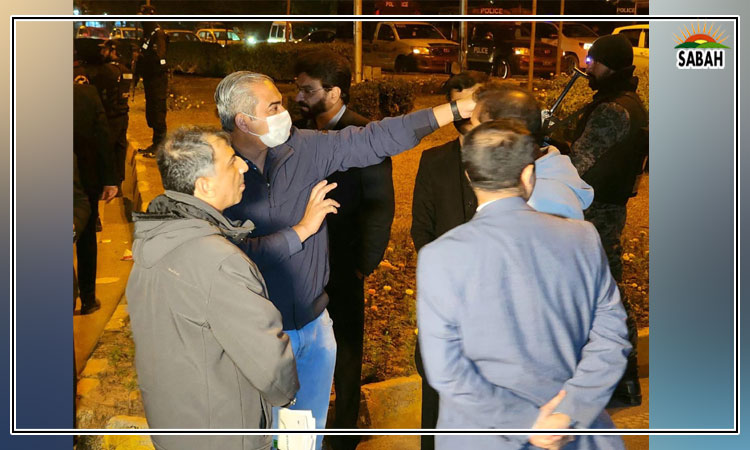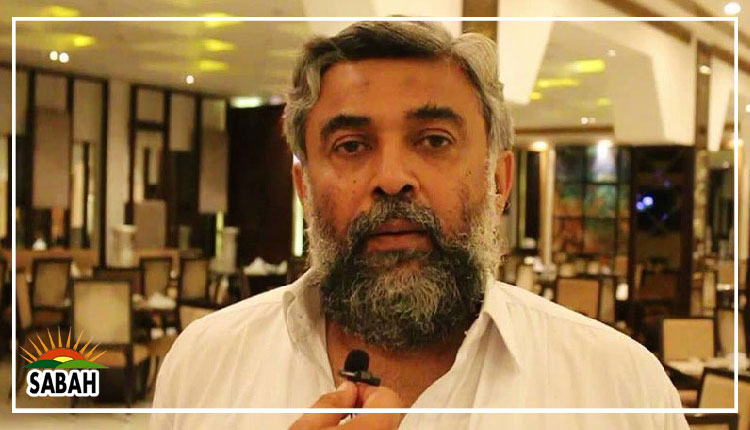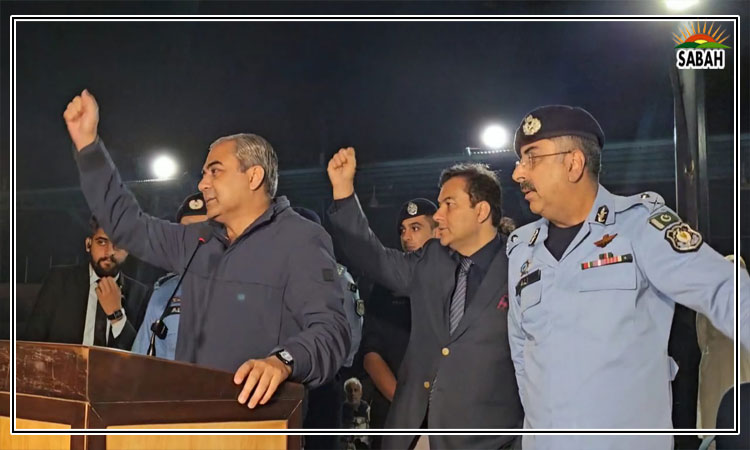Indus Waters Treaty under threat: Part – II…Shafqat Kakakhel
Pakistans strategy to counter the Indian move to undermine the Indus Waters Treaty (IWT) should be based on a comprehensive, objective appraisal of the effectiveness of the treaty, the inadequacies of the treaty to address the impacts of climate change, and the suggestions made by experts and stakeholders of India and Pakistan.
The IWT has served India and Pakistan well for more than six (6) decades despite three wars and adversarial relations. The first decade (1960-1970) saw Pakistans Herculean efforts to complete the gigantic civil works, also called replacement works, for carrying water from the western rivers allocated to Pakistan to lands in Punjab, Sindh, and Balochistan which had hitherto been irrigated by waters of the eastern rivers (Ravi, Beas and Sutlej) assigned by the IWT to India.
The civil works, for which the US mobilized grants at the request of the World Bank, included two huge dams for storing water and hydropower generation, eight (8) large and long link canals and two barrages which had to be built in less than a decade without the earth-moving machines that became available in later years. The timely completion of the civil works was widely acclaimed.
Since the 1970s, India and Pakistan have been at loggerheads over several hydropower plants built by India on the western rivers. India has so far built 30 run-of-the-river electric power plants and plans to build an even larger number during this decade. In fact, the Indian hydropower projects (HEPs) are the only topic addressed by the Permanent Indus Commission which was mandated to follow up on all the provisions of the IWT, including exchange of data (Article 6) and mutually beneficial cooperation(Article 7).
In 1970, India started building civil works for the Salal Dam on the Chenab for a 690 MW hydroelectric power plant. In 1974, Pakistan objected to the design of the plant alleging that it violated the IWT. The Indus Commissioners having failed to resolve the issue, it was taken up by the foreign secretaries who were able to settle the differences in several rounds of talks in 1976 and signed an agreement in April 1978.
The second dispute was over the Indian barrage on the Jhelum at the mouth of the Wular Lake. Pakistan calls it the Wullar Barrage project while India calls it the Tulbul Navigation Project, claiming it is mainly designed to promote water transport linking Kashmiri towns although a run-of-the-river HEP will also be built. India started the construction of the barrage in 1984. Pakistan received information about the project in 1985 and lodged a complaint with the Indus Commission alleging that the project would create storage exceeding the limit permitted by the IWT. India suspended work on the project. More than a dozen meetings held in the 1980s and 1990s failed to resolve these differences. This dispute was discussed by Indian and Pakistani Water Resources Secretaries in 2011 and 2012. It is included in the agenda of the ill-fated Indo-Pak Composite Dialogue.
The third notable dispute relates to the 450MW project on Baglihar, upstream from the Salal Dam. Construction work on the project started in 1999. Pakistan contended that the low-gated spillways would increase the manipulatable storage beyond the limit allowed by the IWT. India claimed that the dated spillways were needed for preventing silting of the reservoir as had happened in the case of the Salal Dam. Protracted discussions by the Indus Commission for four years (2001-4) having failed, India and Pakistan agreed to refer the dispute to a neutral expert.
The neutral experts verdict rejected Pakistans objections and allowed the building of gated spillways below the dead-storage level on the ground that this was an acclaimed global practice for sediment control.The verdict caused widespread dissatisfaction in Pakistan, with the media highlighting the comments of late Professor John Briscoe who contested the view expressed by the neutral expert that the IWT could be updated as new knowledge accumulated and proceeded to allow India to draw water out of the dam at levels lower than those specified by the IWT.
Briscoe had also cautioned against the new meanings given by the neutral expert to live storage and dead storage which negated Pakistans historic and persistent concerns regarding Indias capability to manipulate water flows to hurt Pakistan.
The fourth, and by far the most contentious, dispute is the 330MW hydropower project on the Kishanganga River, a tributary of Jhelum, which envisaged the construction of a 180.05 metre long and 35.48 metre high concrete dam. The flows of the Kishanganga were to be diverted through a 24- km long tunnel to a tributary of the river called Madymati Nulla which was to be rerouted to Jhelum through the Wular Lake. Pakistan objected to the design of the project on the ground that the inter-tributary transfer of water violated the IWT. It also contended that the project would adversely affect agriculture in Azad Kashmir as well as a 900MW hydropower project called the Neelum-Jhelum Hydropower Project. Once again, the Indus commissioners could not iron out the differences concerning the project. Eventually, the project was referred to a Court of Arbitration.
The Court of Arbitration upheld Indias right to build and operate the power project but ruled that it could not deplete the water of the reservoir of any future hydropower plant below the Dead Storage Level and obligated India to ensure flow of 9 cubic meters or cumecs water in the river. India resumed construction of the infrastructure of the Kishanganga HEP which was formally inaugurated in May 2018 with much fanfare.
The Kishanganga saga did not end with the verdict of the Court of Arbitration or the inauguration of the HEP. Pakistan objected to the changes in the design of the plant made by the Indians in compliance with the verdict of the Court of Arbitration.In 2016, it demanded that the dispute be referred to a Court of Arbitration. India insisted that the differences over the already completed Kishanganga and the yet to be built Ratle HEP could and should be referred to a neutral expert. As noted in the previous article, the World Bank has accepted the demands of both countries and a neutral expert and a Court of Arbitration have been operational for the past several weeks.
During the past five decades, India has carried out an unending dam building spree on Chenab and Jhelum, taking advantage of the absence of a quantitative ceiling prescribed by the treaty. Pakistan has raised objections to the designs of several Indian projects. The notable projects are the 850MW Ratle project, the 48MW Lower Kalnai project, the 120MW Miya project on the Chenab, the 1000 MW Pakal Dal project on a tributary of the Jhelum. In 2021, Pakistan raised objections to the planned construction of Durbuk, Nimu Chilling and Kiru HEPs in Ladakh.
Indian officials say Pakistan routinely raises objections to their HEP projects in an attempt to delay, and, if possible, scuttle them. Pakistani officials, including the Indus commissioners, have a long list of complaints. Indian projects entail excessive free board, deep orifice spillways, high pondage all of which are inadmissible under the IWT. India often starts constructing the civil works of HEPs without informing Pakistan; does not provide full data and relevant information; and delays discussing projects while carrying out construction in order to present Pakistan with a fait accompli. Pakistani officials also fear that cascades of Indian HEPs on a single river lend India the cumulative capability to manipulate the flows of the western rivers to their detriment.
Having been negotiated during the 1950s, the IWT does not address the impacts of climate change, all of which adversely affect water resources. The treaty also does not focus adequately on watershed management for preserving the quality of water by disallowing dumping of industrial, agricultural, and household effluents in the waterways. The treaty is silent on groundwater although aquifers are integral components of a basin hydrology. It does not recognize the necessity of ensuring minimum environmental flows.
A serious issue related to the effects of climate change is that if, as scientists have predicted, there is reduced supply in the rivers entering Pakistan the treaty does not suggest how the parties should deal with it.
India and Pakistan do not seem to have shown interest in carrying out a broader dialogue on maximizing the utilization of the assets of the Indus Basin and promoting cooperation in adapting to the negative effects of climate change. However, Indian and Pakistani experts and stakeholders have held extensive discussions on water related cooperation in meetings organized by friendly third countries called Track 2 dialogues. Part III of this article will review the outcomes of the more significant Track 2 discussions.
To be continued
Courtesy The News



